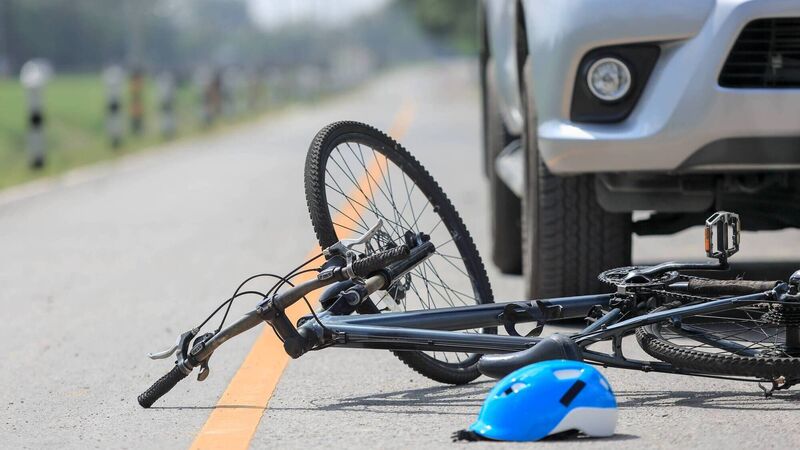Ireland's road death trends going in wrong direction

Those on bikes are the only road user group not to see a significant drop in fatalities over the last decade, figures show. File picture
Ireland is one of the glaring outliers in the EU when it comes to road death trends going in the wrong direction, new data show.
The European Commission said deaths on roads across the continent fell last year by 10% compared to the year before the Covid-19 pandemic began, when there were no travel restrictions in place.
In contrast, Ireland's rose by 11% in the same period when it comes to the number of deaths on the road per million people.
The EU average number of road deaths per million in 2022 was 46, down from 51 in 2019. Denmark, Czechia, Cyprus, and Lithuania saw significant percentage point drops in the three years.
Ireland's numbers for the period were 31 per million people in 2022.
Gardaí have warned in recent weeks that the patterns have been trending upwards over the past 12 months, asking drivers on rural roads in particular to take care.
As of Tuesday, February 21, some 31 people have died on Irish roads this year, up five from the same period in 2022, and up nine from the year before that.
Last year was the deadliest in six years on Irish roads, while last month was the deadliest January in a decade, Garda figures show.
In 2022, 156 people died on Irish roads, the largest death toll since 2016, while 18 died during January 2023. This is the largest death toll on Irish roads during the month of January since 2013, gardaí said.
The commission said its preliminary data show that about 20,600 people were killed in road crashes last year, a 3% rise on 2021, as traffic levels recovered after the pandemic.
This represents 2,000 fewer fatalities however when compared with the pre-pandemic year 2019, it said.
Both the EU and UN target is to halve the number of road deaths by 2030, it added.
"Progress has been very uneven between member states. The largest decreases, of more than 30%, were reported in Lithuania and Poland, with Denmark also recording a 23% fall.
"By contrast, over the last three years, the number of road deaths in countries such as Ireland, Spain, France, Italy, the Netherlands, and Sweden has remained rather stable or has risen," the commission said.
Just over half of deaths on European roads occur in rural areas, with 39% in urban areas, and 9% on motorways.
Men accounted for more than three quarters of deaths. Drivers and passengers accounted for 45% of all road deaths while pedestrians accounted for 18%. Motorbikes and moped users account for just under a fifth, with cyclists at 9%, the data show.
When it comes to urban areas alone, pedestrians, two-wheel drivers, and cyclists are far more vulnerable, the commission warned.
Just under 70% of total fatalities are from these cohorts within urban areas, and occur overwhelmingly in crashes involving cars and trucks.
Cyclists remain particularly vulnerable because of "a persistent lack of well-equipped infrastructure", the commission said.
Those on bikes are the only road user group not to see a significant drop in fatalities over the last decade, it said, citing French figures that show a 30% increase in cycling fatalities in 2022 compared with 2019.
The commission said it intended to present "a package of proposals tackling road safety from a range of angles to make European roads safer still" in the coming weeks.









